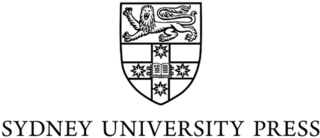This page is based on this
Wikipedia article Text is available under the
CC BY-SA 4.0 license; additional terms may apply.
Images, videos and audio are available under their respective licenses.
Airiman were an Indigenous Australian tribe from Australia's Northern Territory.
The Marranunggu are an indigenous Australian people, and language group, of the Northern Territory.
The Mariamo or Marri ammu are an indigenous Australian people of the Northern Territory.
The Emmiyangal, also known as the Amijangal, are an indigenous Australian people of the Northern Territory in Australia,
The Wadjiginy, also referred to historically as the Wogait, are an indigenous Australian people of the Northern Territory.
The Djerimanga, also known as the Wulna, are an indigenous Australian people of the Northern Territory.
The Djowei are an indigenous Australian people of the Northern Territory.
The Awarai (Warray) are an indigenous Australian people of the Northern Territory.

The Wakaya are an indigenous Australian people of the Northern Territory.
The Araba were an indigenous Australian people of Queensland.
The Ngaun were an indigenous Australian people of the state of Queensland.
The Alura were an indigenous Australian people of the Northern Territory.
The Andakerebina were an indigenous Australian people of the Northern Territory.
The Wik Paach or Wikapatja were an indigenous Australian people of the Cape York Peninsula of northern Queensland.
The Djakunda were an indigenous Australian people of the state of Queensland.
The Kokopera, also written Koko Bera, are an indigenous Australian people of the Cape York Peninsula of Northern Queensland.
The Gambalang were an indigenous Australian people of the Northern Territory.
The Wadere were an indigenous Australian people of the Northern Territory.
The Ngormbur were an indigenous Australian people of the Northern Territory.
The Norweilemil were an indigenous Australian people of the Northern Territory.





